Activism: Women's Rights
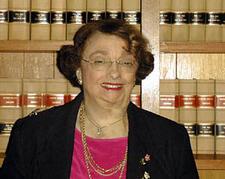
Ruth Abrams
The first woman to serve on the Massachusetts Supreme Judicial Court, Ruth Abrams upheld the rights of women and minorities throughout her career.
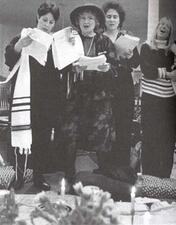
Bella Abzug
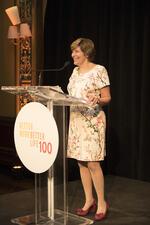
Advancing Women Professionals in the Jewish Community
Advancing Women Professionals and the Jewish Community (AWP) was founded by Shifra Bronznick in 2001 as an intervention “to advance Jewish women into leadership, stimulate new models of shared leadership, and promote policies for healthy, effective workplaces.” Over fifteen years, AWP conducted groundbreaking research and adapted strategies from other sectors that engaged women and men in decisive, systems-based change.
Agunot
Agunot are women who are unable to obtain a rabbinic divorce because their husbands or husbands’ male next of kin are unable to give one, leaving them chained in marital captivity. Although many efforts have been made to address these problems, for those most part agunot in halakhically observant communities continue to face deep-seated challenges.
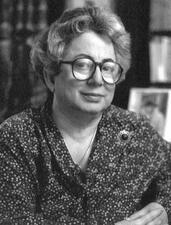
Fay Ajzenberg-Selove
Ray Alexander (Simons)
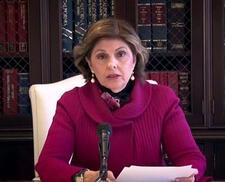
Gloria Allred
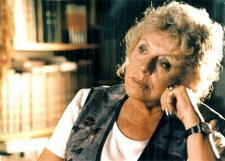
Shulamit Aloni
Shulamit Aloni, Member of the Knesset and Minister, was an important champion of human rights, civil rights, religious freedom, and the Palestinian right to self-determination. As founder and head of the Ratz and then Meretz party, she spearheaded progressive politics in Israel both on the formal level and in civil society for over half a century.
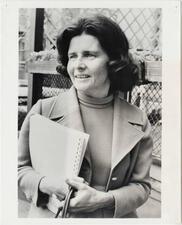
Joanne Alter
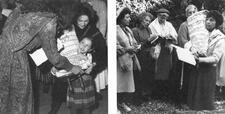
American Jewish Congress
Jenny Apolant
An ardent suffragist, Jenny Apolant served as a board member of the General Association of German Women from 1910 to 1925. In Frankfurt, she was one of the first women municipal councilors from 1919 to 1924, founded the Political Workers Association in 1922, and strove to improve the condition of women through profound social change.
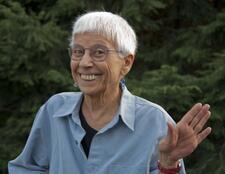
Rita Arditti
Rita Arditti was an Argentinian Sephardic scientist, feminist, educator, and activist who spent most of her adult life working for social justice and human rights while living in the United States. She co-founded Science for the People, New Words Bookstore, and the Women’s Community Cancer Project. She co-edited anthologies on science and politics and reproductive technologies and wrote a book about the Grandmothers of Plaza de Mayo in Argentina.

Australia: 1788 to the Present
The first Jewish women, like the first Jewish men, arrived in Australia on the very first day of European settlement in 1788. Those convict pioneers were followed by free settlers who made Jewish communal and congregational life viable and helped to develop the vast continent. Jewish women have made significant contributions to Australia's national story.
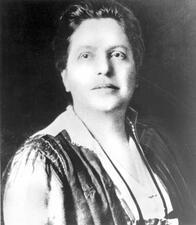
Autobiography in the United States
As the status and roles of women in American and Jewish life changed over the twentieth century, more and more American Jewish women turned to autobiographical writing as a means of documenting these changes and addressing questions of American, Jewish, and female identity. Jewish women created accounts of the immigrant experience, feminist or activist involvement, political and literary involvement, Holocaust survival narratives, as well as coming-of-age memoirs.
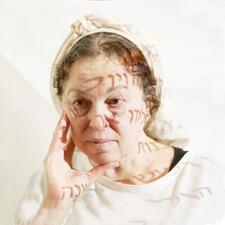
Helène Aylon
Helene Aylon was an American, New York-based, multimedia visual artist who began by creating process art in the 1970s, focused on anti-nuclear and eco-activist art by the 1980s, and subsequently devoted more than 35 years to the multi-partite installation The G-d Project. This last body of work’s often direct or indirect textuality resonates from and responds to Judaism’s traditionally male-dominated textuality as part of a larger commentary on women in Judaism.
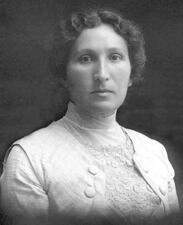
Sara Azaryahu

B'nai B'rith Women
Created at the beginning of the twentieth century, B’nai B’rith Women expanded its role during both World Wars. Although gender roles after World War II reverted to a more conventional structure, in the 1960s BBW shifted its efforts to reflect the antipoverty and feminist campaigns of the period.
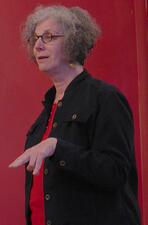
Diane Balser
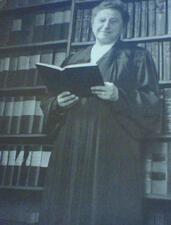
Jennie Loitman Barron
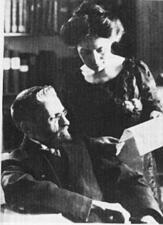
Hemdah Ben-Yehuda
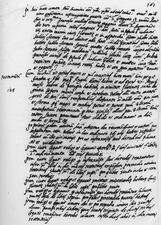
Ginevra Blanis
Ginevra Blanis was a late sixteenth-century silk manufacturer of the Florentine ghetto and Siena. She left her mark as a founder of the young community with her philanthropy and in the public communication of what she considered Jewish values in the provisions of her will.
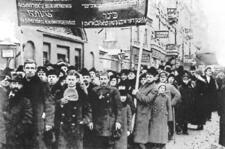
Dina Blond
As chairwoman of the Bundist women’s organization Yidisher Arbeter Froy, Dina Blond was one of the most prominent representatives of the Jewish labor party in interwar Poland. At the same time, she was also one of the best-known Yiddish translators of her day.

Heather Booth
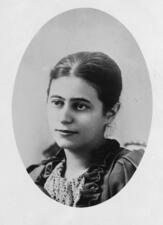
Alice Goldmark Brandeis



